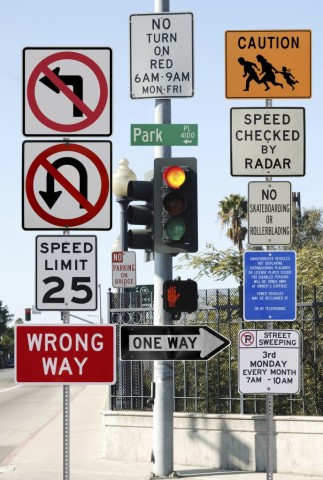How much is too much? That’s the question many supply chain practitioners are asking themselves in this world of big data, where a flood of new information is rapidly becoming readily available. It’s now possible to have more details than ever about your suppliers, customers, and even your own operations. But there’s this concept of data paralysis—where you have so much data you don’t know what to do with it all—and it could actually be crippling your supply chain. If you don’t have the right tools in place, you could fall victim to this phenomenon. When trying to determine if you’re suffering from information overload, here are a few things to consider:
- Are you focused on quantity or quality?
It’s not about how much data you have, but the quality of that data. Instead of being left with “just a big pile of data” as Richard Cushing puts it in his blog on the Supply Chain Expert Community, make sure what you’re collecting actually adds value and insight into your key business metrics. More data doesn’t automatically mean managing it more effectively. In some case, it can mean the opposite.
- Is there a centralized, harmonized, data hub?
With all of this data coming in from multiple sources, without a centralized, harmonized, hub to capture and store it, you’re definitely going to fall into the not managing more effectively camp. My colleague Bill Dubois explains it like this. “It’s about bringing up all the information crossing a network into a single, real-time support system so when a company sees a change in demand they can immediately translate it across the entire network.” That means having the ability to easily see all the data, not just the portions of it stored in a particular system. Falling into the trap of having to manually merge data from multiple sources is overly time consuming and dramatically increases the chance for error. And that’s the last thing you want when you’re trying to use the data to make a critical business decision.
- How rapidly are you able to analyze incoming data?
The benefits you receive from all this data will be directly related to the speed of information and how quickly and thoroughly you can analyze it. It does you no good to have access to data if you don’t have any way of using it. This is similar to the quantity versus quality point mentioned above, but takes things one step further. Even with the highest quality data in the world, you’re still going to need to understand what it’s telling you. Data scientists and analytics professionals have emerged as sough-after careers in part due to big data demands, but even they often rely on tools to help spot trends. Then comes the decision making element where you act on what the data is telling you.
There’s no doubt big data is revolutionizing supply chain. It’s been a buzz word in the industry for years. Supply chains now have to compete on speed, accuracy, and quality—and as a Forbes article notes, that’s just not possible with traditional legacy enterprise resource planning (ERP) platforms alone. ERPs often cause bottlenecks in the flow of information, and have difficulty scaling to meet today’s supply chain complexity challenges. To ensure you’re getting the most out of your investment in big data, make sure you have a quality supply chain solution with the ability to centralize and harmonize data, quickly perform analysis (scenario simulation is great!), and allows for a collaborative decision making process. Otherwise, you could fall victim to data paralysis and find yourself trapped by information overload.





Discussions
Big data misused, becomes FAT DATA
Leave a Reply